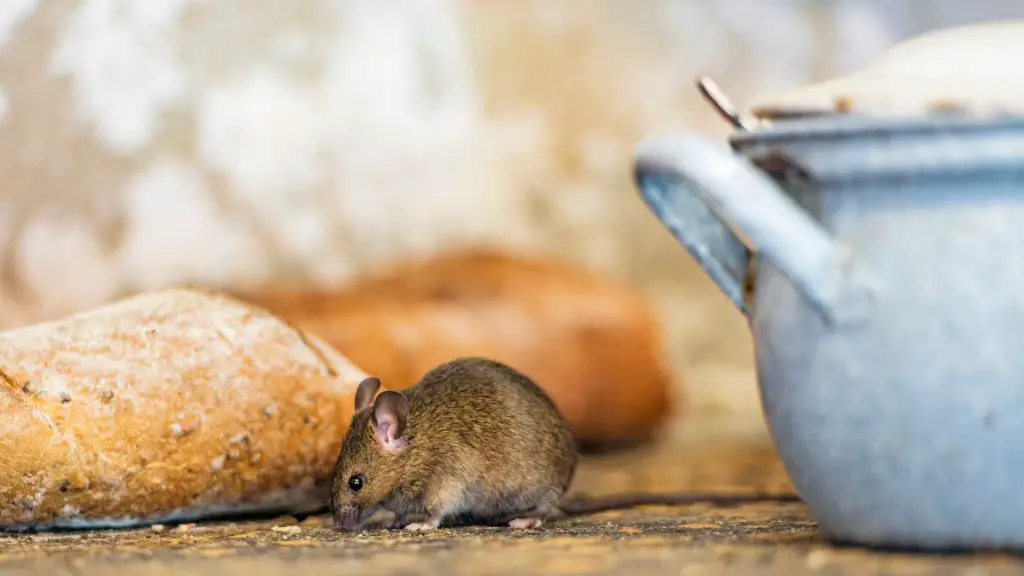Mice are common household pests that can cause damage and spread diseases. Many people use steel wool as a deterrent to keep mice from entering homes and buildings. But do mice actually hate steel wool? Let’s take a closer look at the evidence.
Steel wool is made of thin steel fibers that are tangled together into a pad. The sharp metal strands can poke and scratch animals that try to chew through it. This physical discomfort is likely the main reason steel wool deters mice and other small rodents.
When mice encounter steel wool at entry points like cracks and holes, the prickly metal strands irritate their skin and paws. Mice tend to avoid areas that cause pain or discomfort. So placing steel wool in strategic locations persuades mice to look elsewhere for easier access.
In addition, the oil residue and metal smell of steel wool are unappealing to mice. Mice rely heavily on their senses of smell, taste, and touch when interacting with their environment. The odor and texture of steel wool sends warning signals that cause mice to avoid it.
Page Contents
Does Steel Wool Harm Mice?
Steel wool poses some risks to mice but is not generally lethal. The tiny fibers usually do not break the skin or cause severe injuries. However, steel wool can inflict the following negative effects:
- Puncture wounds
- Scrapes and scratches
- Skin irritation and inflammation
- Damage to paws and snout
While steel wool alone rarely kills mice, it makes entry points very unpleasant. Mice will learn to avoid areas protected by steel wool to prevent discomfort and minor wounds.
Using Steel Wool Effectively
Here are some tips for using steel wool to deter mice:
- Use coarse grade steel wool rated “0000” or “000.” The rougher texture deters mice better than finer steel wool.
- Pack steel wool tightly into any cracks, holes, or gaps mice may use to enter.
- Place steel wool at points where utility lines enter the home.
- Plug the space beneath doors with steel wool.
- Refresh steel wool periodically as fibers become bent down with use.
- Combine steel wool with other deterrents like peppermint oil and caulk for added effect.
Pros of Using Steel Wool
Steel wool provides several advantages in keeping mice out:
- Physical barrier – Steel fibers block access through cracks and openings.
- Painful to touch – Mice avoid the sharp, prickly strands.
- Unappealing texture – The rough, oily feel repels mice.
- Deterrent odor – Smells unpleasant to mouse senses.
- Non-toxic – Safer for homes with children and pets compared to poisons.
- Inexpensive – Available at any hardware store for a few dollars.
- Reusable – Can refresh and reshape steel wool for repeated use.
Cons of Using Steel Wool
Some drawbacks and limitations to consider:
- Not guaranteed effective – Some mice may push through despite discomfort.
- Temporary solution – Fibers wear down over time.
- Potential cuts – Sharp strands may cause minor skin injuries.
- Rust formation – When exposed to moisture, steel wool oxidizes.
- Electrical hazards – Avoid using steel wool near wires and outlets.
- Must be replaced – Requires checking and replacing frequently.
- Sheds fibers – Loose strands may get tracked through the home.
Alternative Mouse Deterrents
In addition to steel wool, other common deterrents include:
- Peppermint oil – Strong smell repels mice.
- Moth balls – Unpleasant odor drives mice away.
- Cayenne pepper – Irritates paws and respiratory system.
- Cat litter – Rough texture deters entry.
- Onion and garlic – Rodents dislike pungent scent.
- Ammonia – Overpowering odor is unbearable.
- Vinegar and water mixture – Sour smell mice avoid.
When to Call a Professional
While homemade remedies like steel wool can help ward off mice, professional assistance is recommended if you have:
- A significant infestation
- Mice appearing frequently in living areas
- Signs of nesting or breeding within your home
- Droppings found in cupboards or pantries
- Evidence of mice causing electrical or structural damage
- Tried removal methods without success
Pest control specialists have the skills and tools to fully eliminate mouse populations, prevent further damage, and help keep them from returning. Don’t wait to get professional help if DIY solutions are not resolving the problem.
Conclusion
While mice may not despise or fear steel wool intrinsically, they certainly avoid it. The tiny, sharp metal fibers cause discomfort and make entry points inhospitable for mice. Steel wool deters mice by inflicting minor pain, presenting a physical barrier, and emitting unappealing odors and textures when touched. Used properly and replaced frequently, steel wool can be an inexpensive and effective deterrent against mice seeking access to structures. But serious infestations often require professional extermination services to get mice fully under control and permanently block their entry.
| Pros of Using Steel Wool | Cons of Using Steel Wool |
|---|---|
| Physical barrier | Not guaranteed effective |
| Painful to touch | Temporary solution |
| Unappealing texture | Potential cuts |
| Deterrent odor | Rust formation |
| Non-toxic | Electrical hazards |
| Inexpensive | Must be replaced |
| Reusable | Sheds fibers |
| Alternative Mouse Deterrents |
|---|
| Peppermint oil |
| Moth balls |
| Cayenne pepper |
| Cat litter |
| Onion and garlic |
| Ammonia |
| Vinegar and water mixture |
| Signs to Call a Professional |
|---|
| Significant infestation |
| Mice in living areas |
| Evidence of nesting |
| Droppings in cupboards |
| Structural or electrical damage |
| DIY methods unsuccessful |
